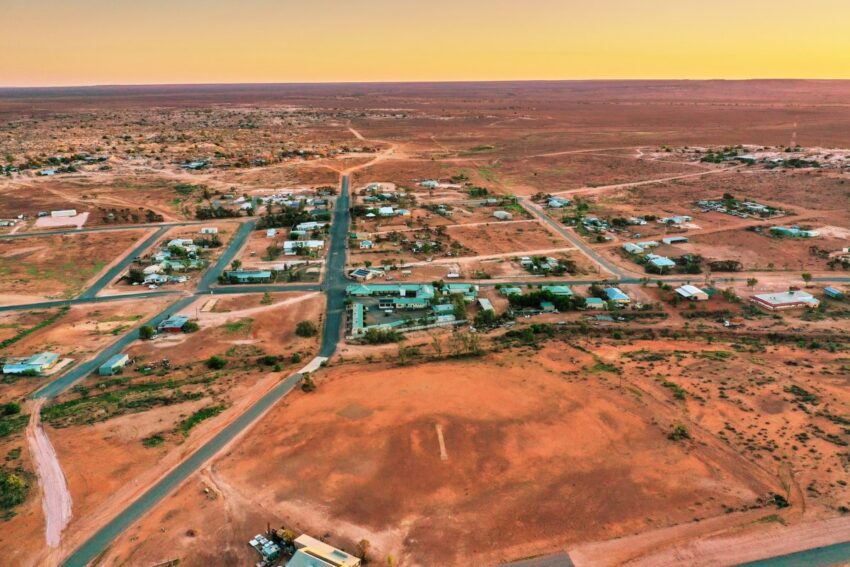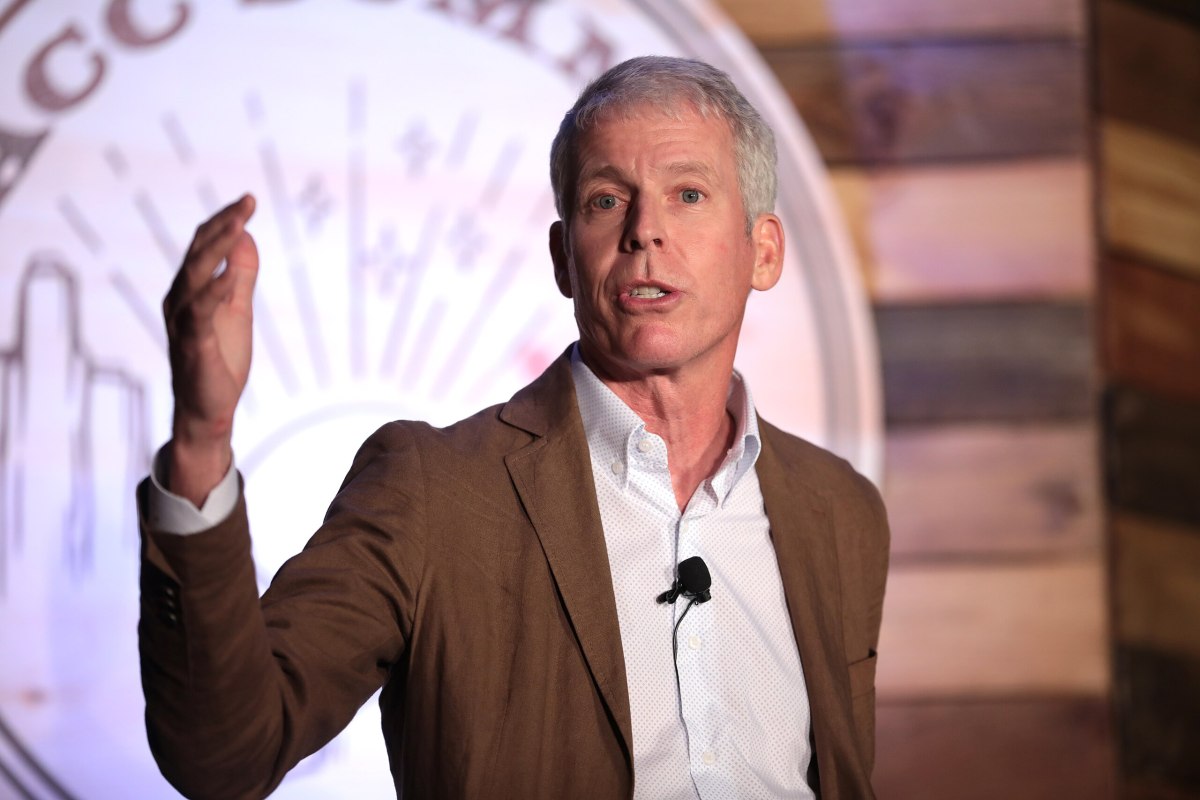
us and australia sign 3b critical minerals The United States and Australia have formalized a significant agreement aimed at securing critical minerals supplies, valued at $3 billion, to reduce reliance on Chinese sources.
us and australia sign 3b critical minerals
Overview of the Agreement
In a landmark move, leaders from the United States and Australia have announced a comprehensive partnership focused on the supply of critical minerals. This agreement is particularly timely given the increasing global demand for these resources, which are essential for various high-tech industries, including renewable energy, electric vehicles, and advanced telecommunications. The deal is designed to bolster both nations’ economic resilience and security by establishing a more stable supply chain independent of Chinese control.
Key Components of the Deal
One of the most notable aspects of this agreement is the establishment of a new gallium refinery in Western Australia. Gallium is a critical mineral used in the production of semiconductors, solar panels, and LED technology. The refinery is expected to enhance the processing capabilities of gallium within Australia, allowing the country to play a more significant role in the global supply chain.
In addition to the gallium refinery, the deal encompasses a range of other critical minerals, including lithium, cobalt, and rare earth elements. These materials are vital for the production of batteries, electric vehicles, and other technologies that are increasingly central to modern economies. By diversifying their sources of these minerals, both countries aim to mitigate risks associated with geopolitical tensions and supply chain disruptions.
Strategic Importance of Critical Minerals
The strategic importance of critical minerals cannot be overstated. As nations transition towards greener technologies and digital economies, the demand for these resources is expected to surge. For instance, lithium, which is essential for battery production, has seen its price skyrocket in recent years due to the boom in electric vehicle manufacturing. Similarly, gallium’s role in semiconductor production has made it a focal point for countries looking to enhance their technological capabilities.
Global Supply Chain Dynamics
Currently, China dominates the global supply chain for many critical minerals, controlling a significant portion of the processing and refining capabilities. This dominance poses risks for countries like the United States and Australia, which are keen to establish more secure and reliable sources of these materials. The new agreement is a strategic response to these concerns, aiming to create a more balanced and resilient supply chain.
By collaborating on the development of critical mineral resources, the U.S. and Australia are not only enhancing their own economic security but also positioning themselves as key players in the global market. This partnership could serve as a model for other nations seeking to reduce their dependence on Chinese supplies.
Implications for Domestic Industries
The agreement is expected to have far-reaching implications for various domestic industries in both countries. In the United States, the push for a more robust supply of critical minerals aligns with the Biden administration’s goals of promoting clean energy and reducing carbon emissions. The availability of these resources will be crucial for the expansion of electric vehicle production and the development of renewable energy technologies.
Impact on the Australian Economy
For Australia, the deal represents a significant opportunity to capitalize on its rich mineral resources. The country is already a leading exporter of lithium and other critical minerals, and this agreement will likely enhance its position in the global market. The establishment of the gallium refinery is expected to create jobs and stimulate economic growth in Western Australia, a region that has been heavily reliant on mining for decades.
Moreover, the partnership could lead to increased investment in research and development, particularly in the areas of mineral processing and extraction technologies. By fostering innovation, both countries can improve their competitiveness in the global market and ensure that they remain at the forefront of the critical minerals sector.
Reactions from Stakeholders
The announcement of the $3 billion critical minerals deal has elicited a range of reactions from various stakeholders, including government officials, industry leaders, and environmental advocates.
Government Officials’ Perspectives
Leaders from both nations have expressed strong support for the agreement. U.S. Secretary of State Antony Blinken emphasized the importance of securing critical minerals for national security and economic stability. He stated, “This partnership will help us build a more resilient supply chain and reduce our dependence on adversarial nations.” Similarly, Australian Prime Minister Scott Morrison highlighted the potential for job creation and economic growth, noting that “this deal will not only strengthen our economies but also enhance our strategic partnership.”
Industry Leaders’ Insights
Industry leaders have also welcomed the agreement, viewing it as a positive step towards securing a stable supply of critical minerals. Executives from major mining companies in Australia have indicated their readiness to invest in the development of the gallium refinery and other related projects. They believe that this partnership will not only benefit their companies but also contribute to the overall growth of the mining sector in Australia.
Environmental Concerns
However, the deal has not been without its critics. Environmental advocates have raised concerns about the potential ecological impact of increased mining activities. They argue that while securing critical minerals is essential, it should not come at the expense of environmental sustainability. Organizations focused on conservation have called for stringent regulations and oversight to ensure that mining operations adhere to best practices and minimize their environmental footprint.
Future Prospects and Challenges
Looking ahead, the U.S.-Australia critical minerals deal presents both opportunities and challenges. On one hand, the partnership has the potential to reshape the global supply chain for critical minerals, providing both countries with a competitive edge. On the other hand, the execution of the agreement will require careful planning and coordination to address the various logistical, regulatory, and environmental challenges that may arise.
Logistical Considerations
Establishing a gallium refinery and expanding mining operations will necessitate significant investment in infrastructure and logistics. Both countries will need to collaborate closely to ensure that the necessary facilities are built and that supply chains are optimized for efficiency. This may involve investments in transportation networks, processing facilities, and workforce training programs to ensure that local communities are equipped to participate in the burgeoning critical minerals sector.
Regulatory Framework
Another critical aspect will be the development of a robust regulatory framework that balances economic growth with environmental protection. Policymakers will need to engage with stakeholders, including industry representatives and environmental groups, to create regulations that promote sustainable mining practices while encouraging investment and innovation.
Conclusion
The $3 billion critical minerals deal between the United States and Australia marks a significant step towards securing a stable and diversified supply of essential resources. As both nations work together to establish a more resilient supply chain, the implications for their economies, industries, and environmental practices will be profound. The partnership not only enhances their strategic positions in the global market but also sets a precedent for future collaborations aimed at addressing the challenges posed by an increasingly interconnected world.
Source: Original report
Was this helpful?
Last Modified: October 21, 2025 at 3:38 pm
3 views















